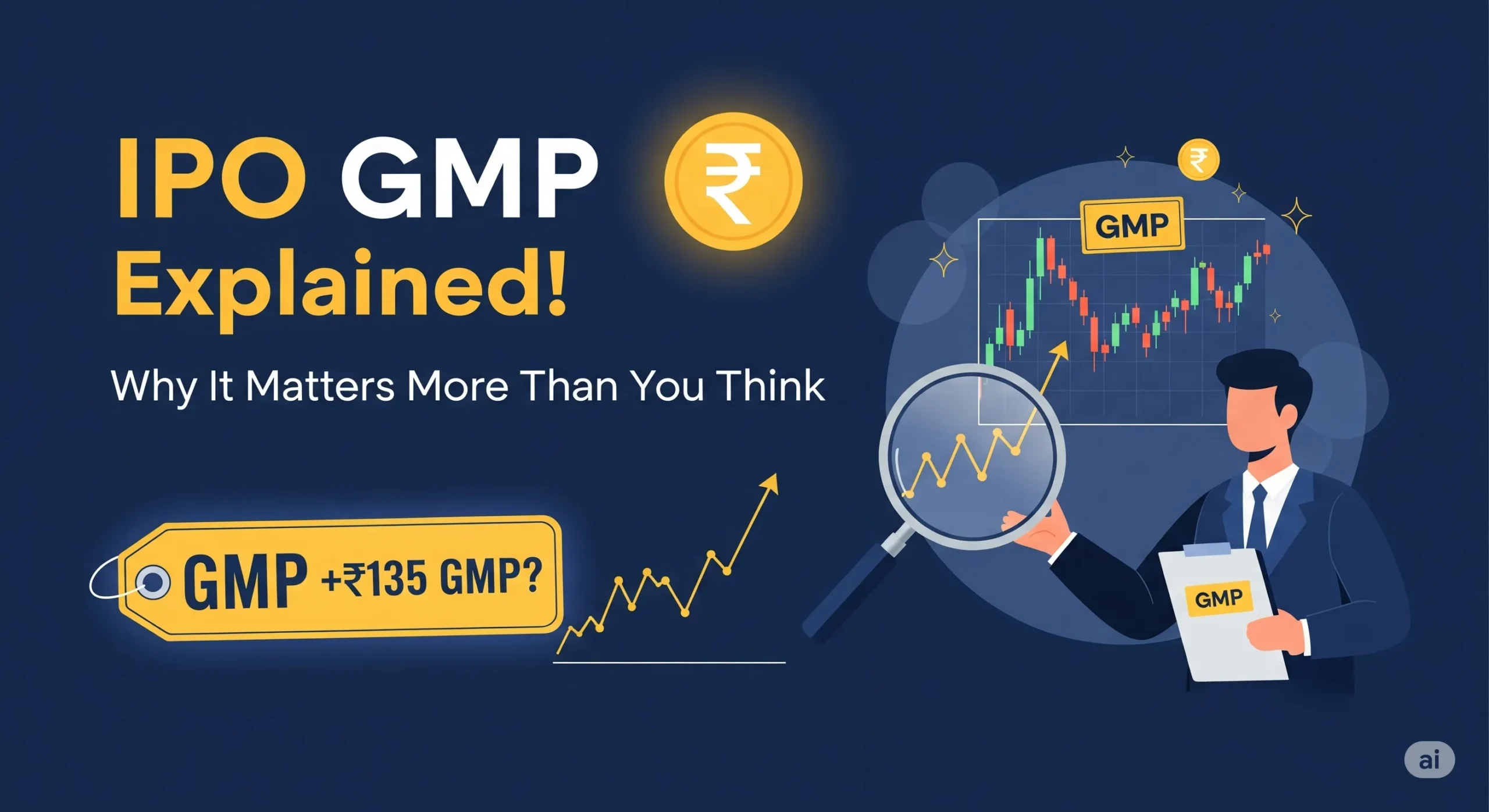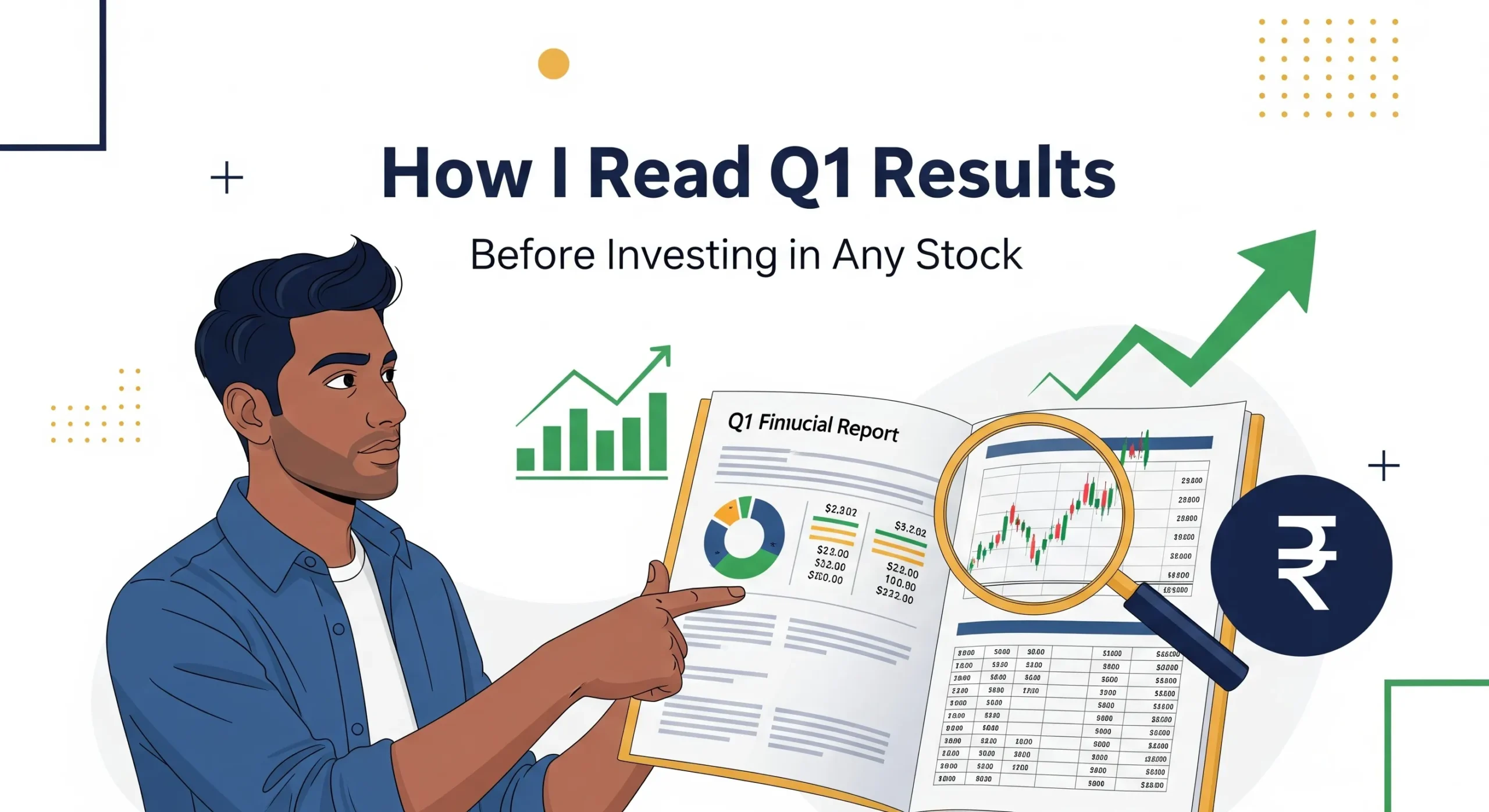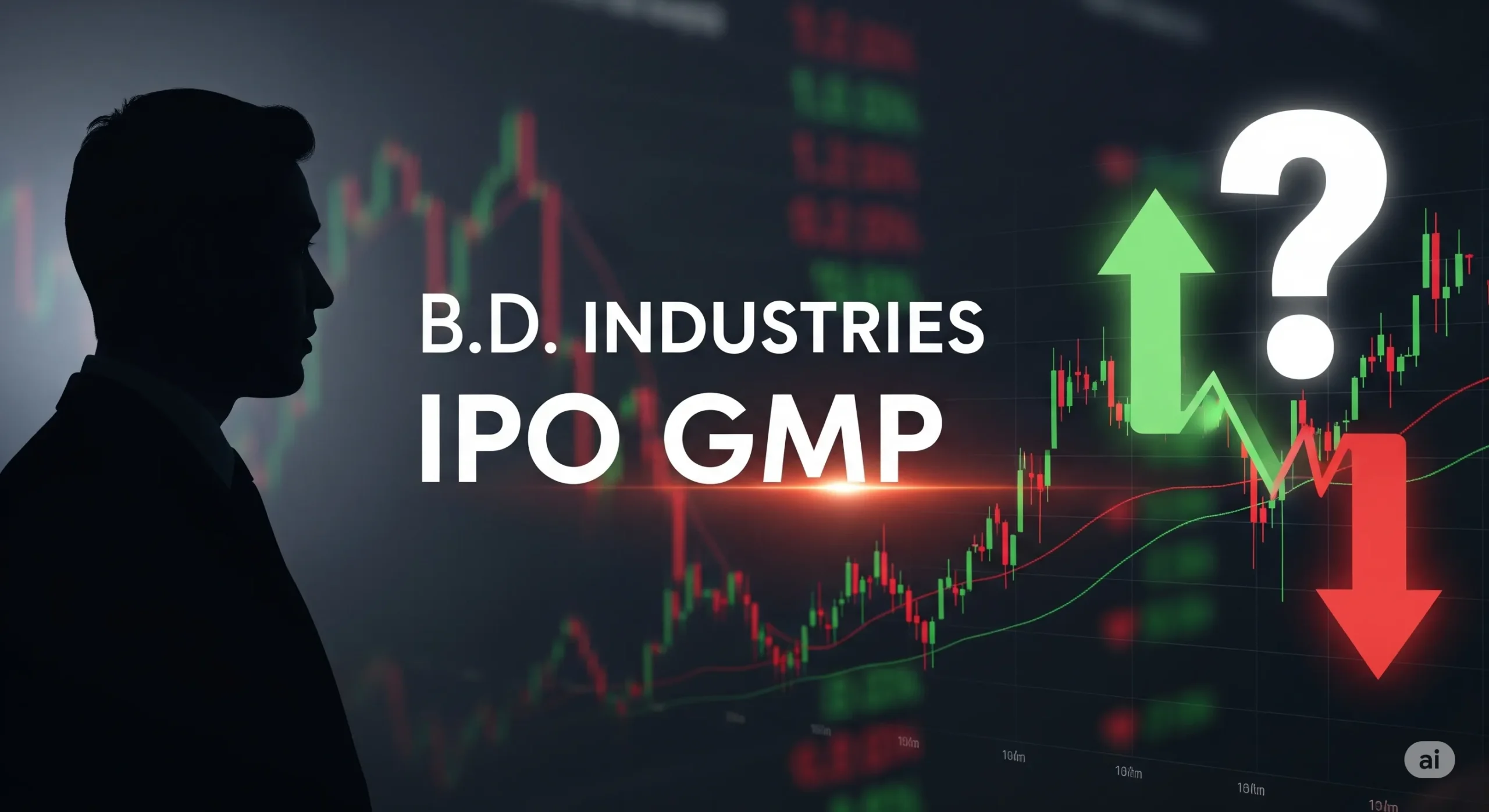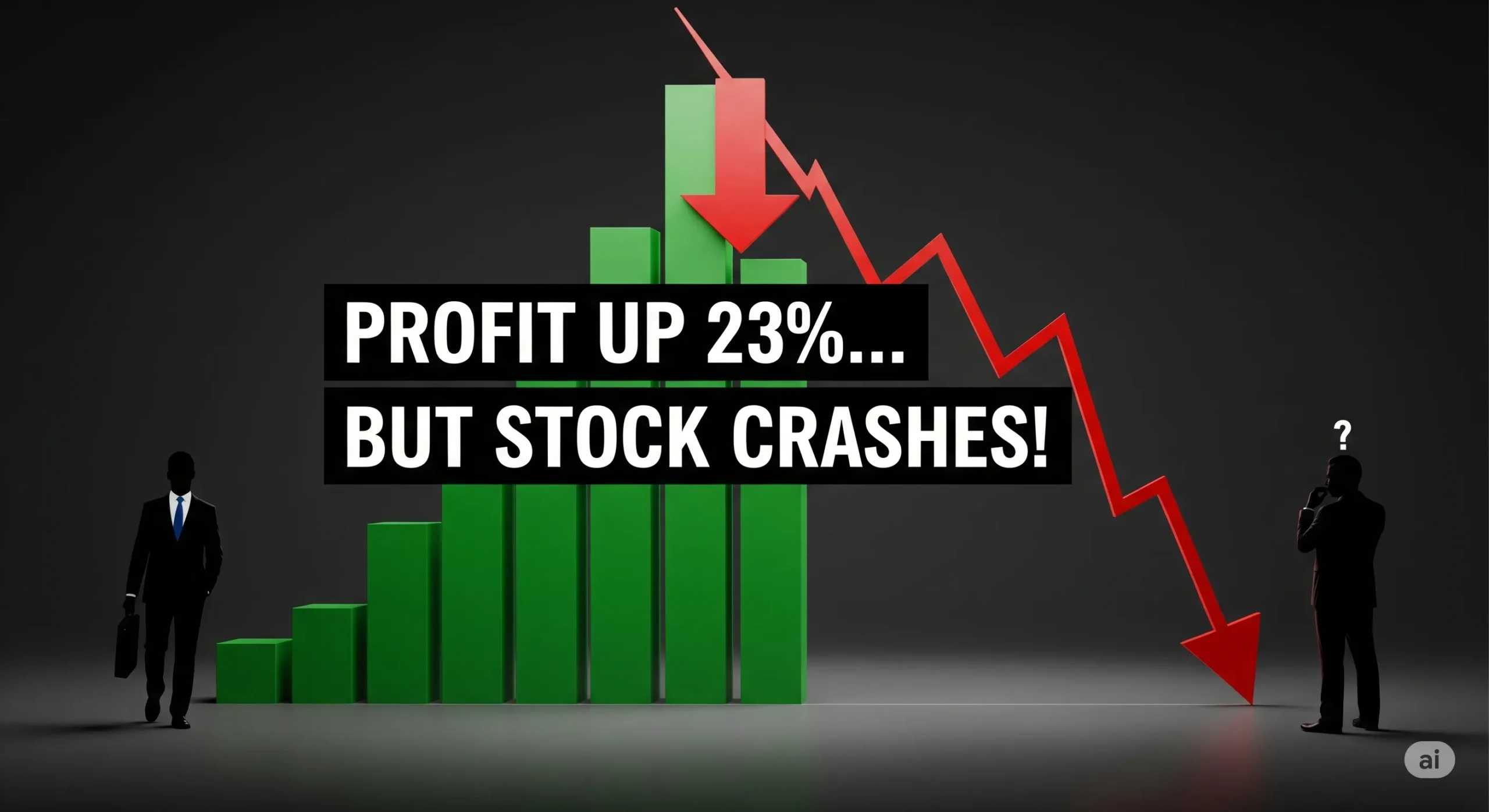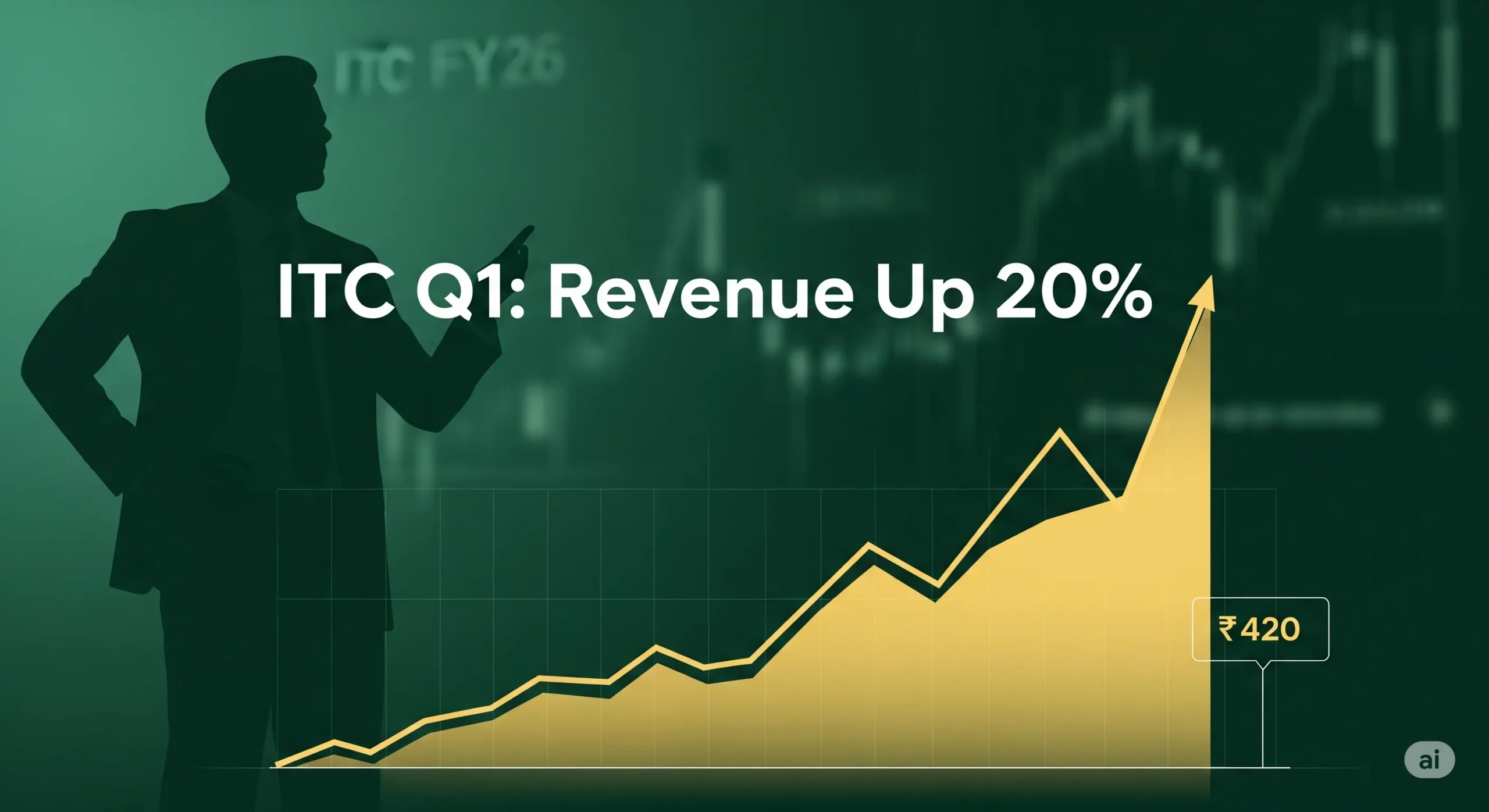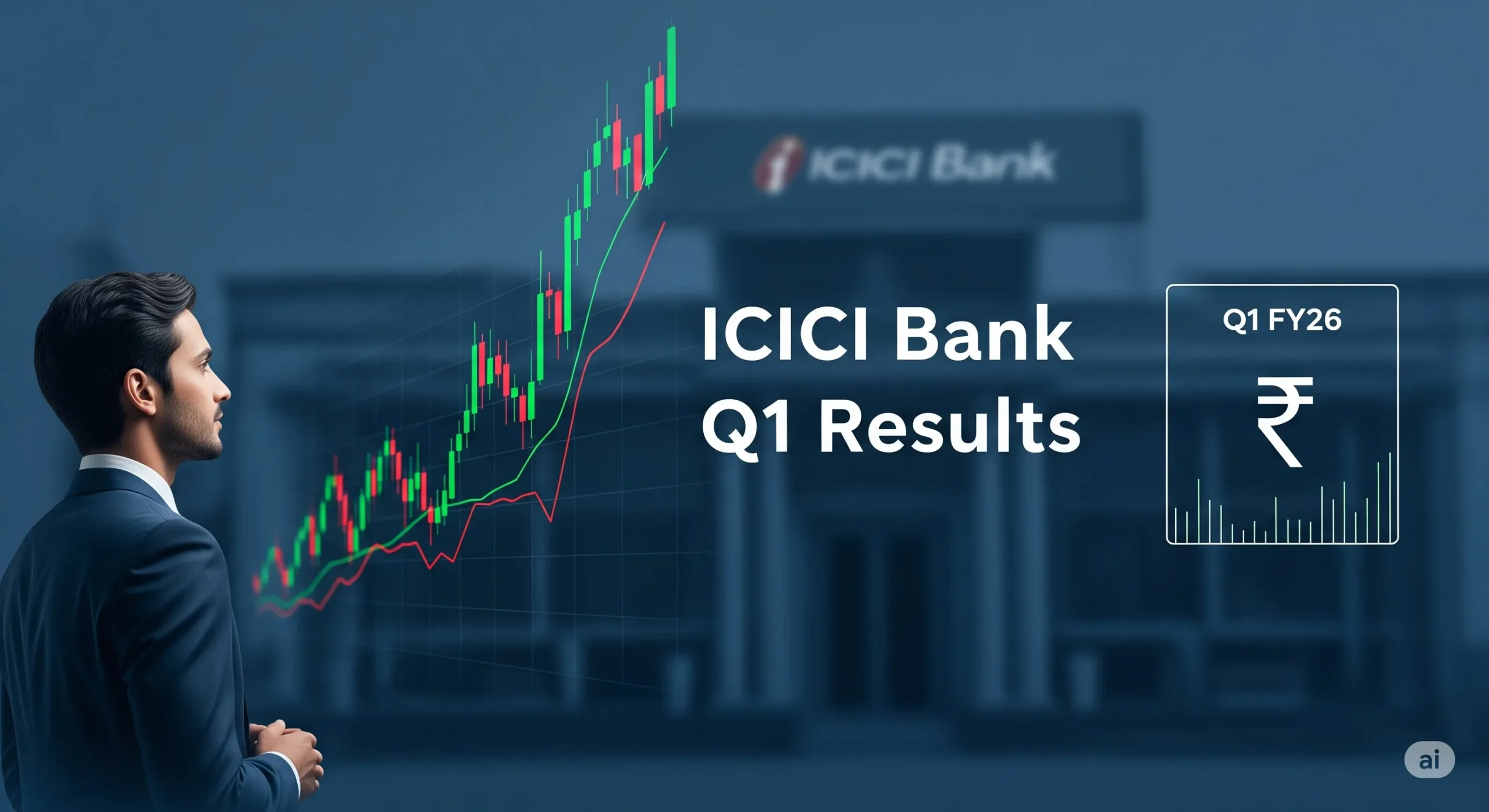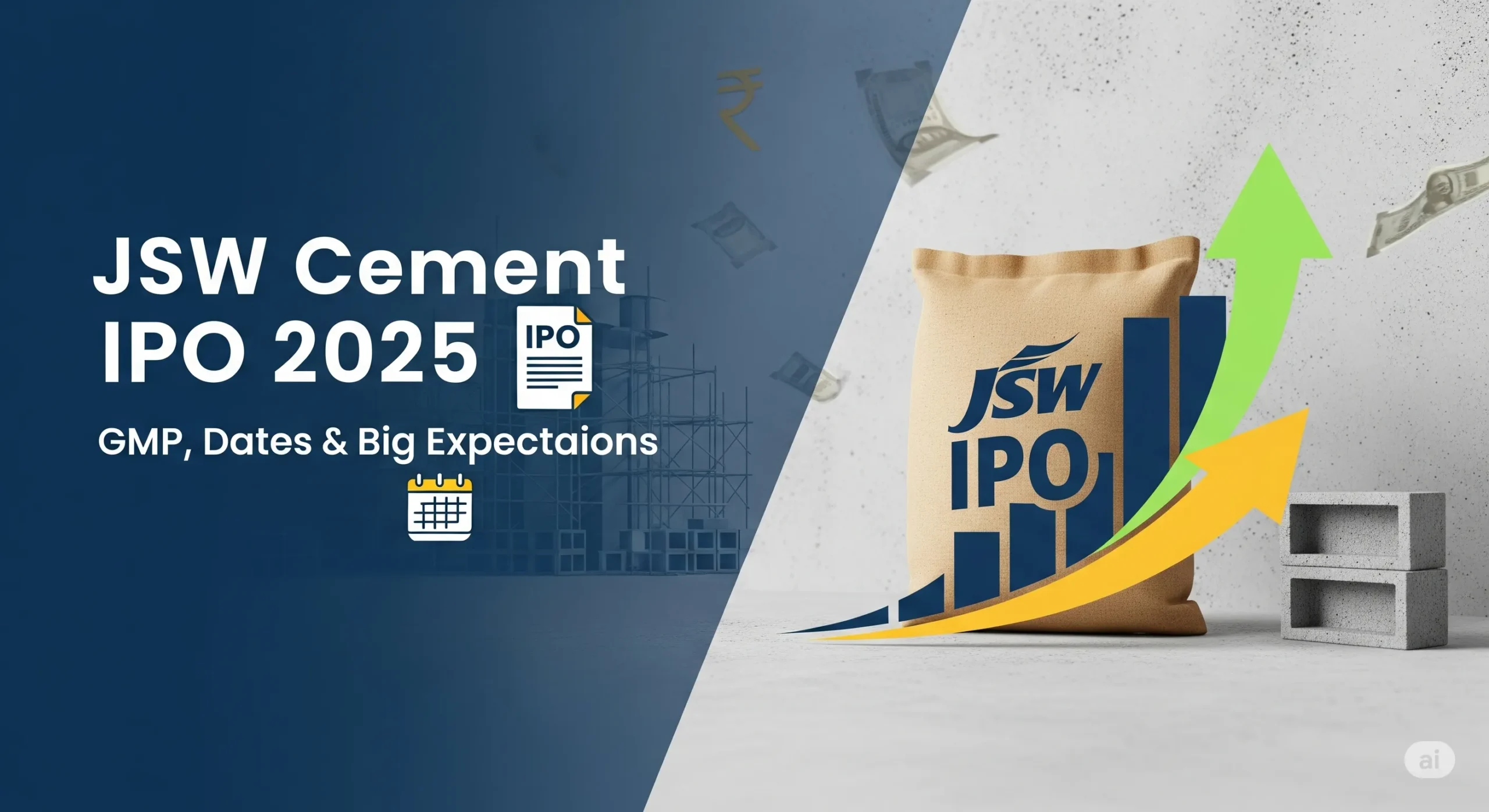If you’ve been tracking IPOs in India, you’ve probably heard the term GMP being thrown around a lot. It shows up in Telegram groups, YouTube thumbnails, and stock forums — but what exactly is it?
In this article, I’ll explain what IPO GMP really means, why investors follow it so closely, and how I personally use (and don’t misuse) it when evaluating new IPOs.
Understanding the Basics: What Is IPO GMP?
GMP stands for Grey Market Premium. It’s the unofficial premium at which a company’s IPO shares are trading in the grey market before the actual listing.
Let’s say a company’s IPO price is ₹100. But in the grey market, those same shares are being traded for ₹130. This means the GMP is ₹30.
That ₹30 reflects what the market believes about the listing price — and the demand for the stock.
So… What Is the Grey Market?
The grey market is a kind of informal trading platform that exists outside of the stock exchanges like NSE or BSE. It’s mostly operated by brokers and investors who speculate on IPO prices before the stock is officially listed.
It’s not illegal — but it’s not regulated by SEBI either.
That’s why GMP is not an official indicator — but it still gives a strong early signal of demand and sentiment.
Why Do Investors Track GMP So Closely?
In my experience, GMP is used mainly for one reason: to guess the listing gain potential.
Here’s how most retail investors think:
- High GMP? → Good demand → Likely strong listing
- Low or falling GMP? → Weak sentiment → Risky bet
For example, if an IPO has a GMP of ₹120 on a ₹400 issue price, investors expect it to list around ₹520 — a 30% gain on listing day.
But again — this is an unofficial guess, not a promise.
How I Personally Use IPO GMP (and Where I’m Careful)
Yes, I look at GMP — but never blindly. Here’s how I use it:
When I Find GMP Useful:
- To judge market sentiment before listing
- To decide whether I should apply only for listing gains
- To track momentum, especially in hot IPO seasons
Where I Stay Cautious:
- GMP changes daily, sometimes even hourly. I never rely on it as the only factor.
- Some IPOs list well despite low GMP — and vice versa.
- I never apply for an IPO only because of a high GMP. I also check fundamentals, valuation, and promoter quality.
Real Example to Make It Simple
Let’s say:
- IPO price = ₹200
- GMP = ₹60
- So expected listing = ₹260
- Listing happens at ₹270 → You gain ₹70/share
Now, in another case:
- IPO price = ₹250
- GMP = ₹25
- Expected listing = ₹275
- But stock lists at ₹245 → You lose money
Moral? GMP is a guess, not a guarantee.
Final Thoughts — My View as an Investor
IPO GMP is like a “buzz meter” — it tells you what the street is thinking. But smart investors don’t chase hype. They use GMP as one of many signals.
Here’s what I do before applying for any IPO:
- I check the GMP
- I read the company’s business model
- I see if the valuation makes sense
- I check promoter holding and past performance
- And only then, I apply — either for listing gain or long term, depending on the case
At EstiMarket, we always recommend doing a full check — not just following the grey market buzz.
If you want to track real-time GMP and expert insights, follow our IPO updates daily on EstiMarket.in.
